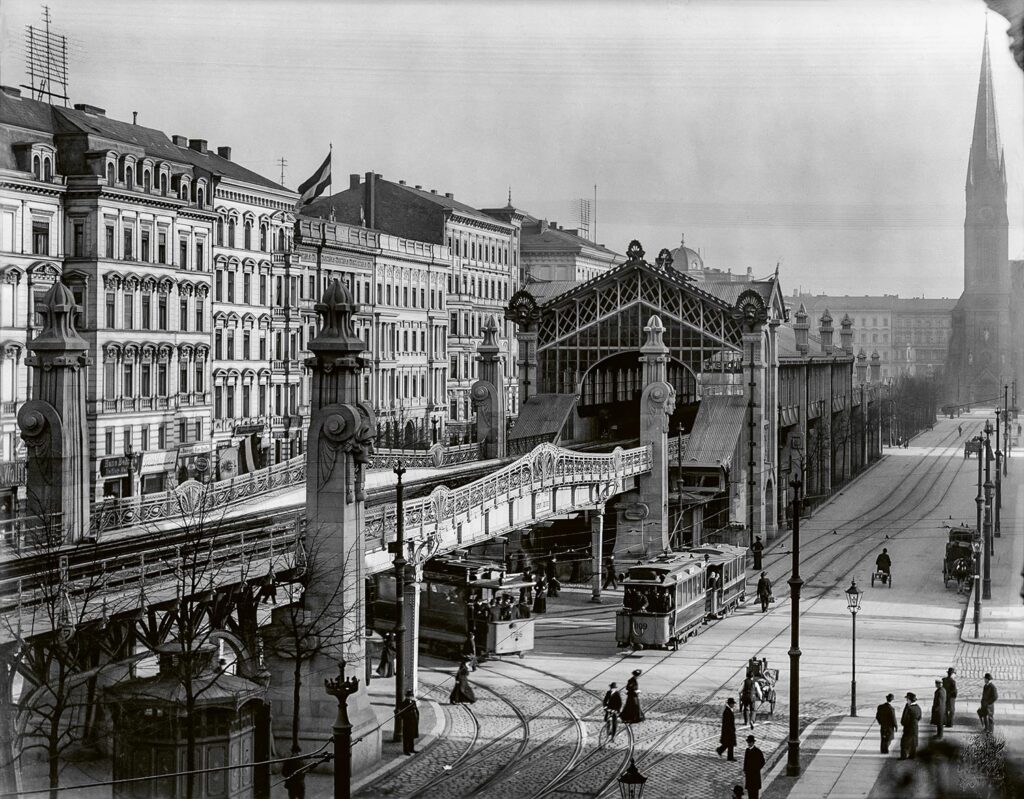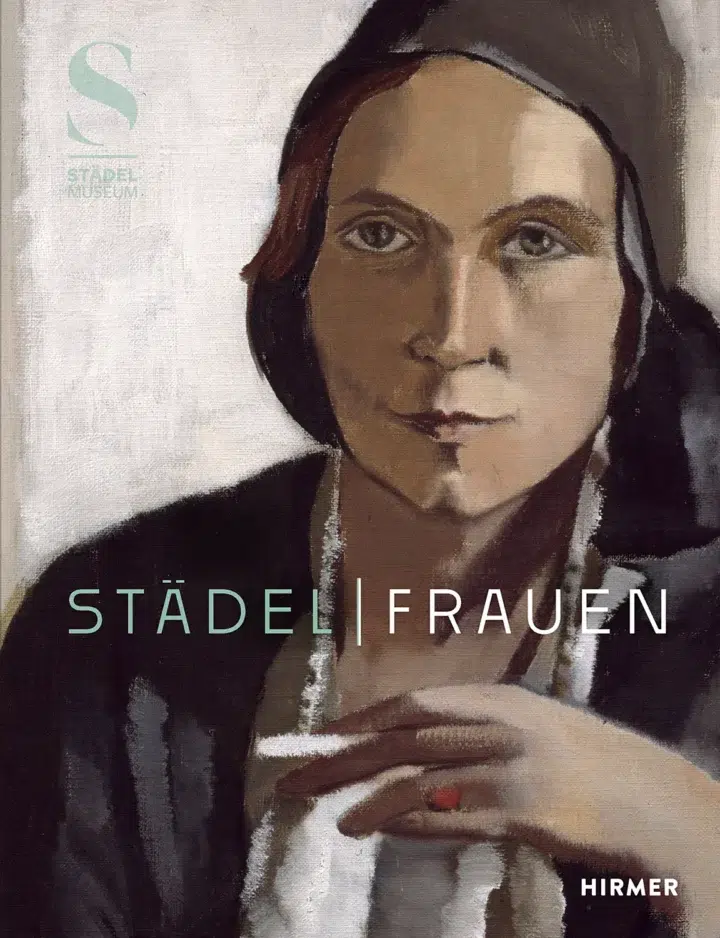
Photo: Deutscher Kunstverlag
The heyday of Berlin Art Nouveau
Berlin in the late 19th and early 20th century – a time when the city was in a creative frenzy and Art Nouveau was at its peak. This extraordinary cultural flourishing not only characterised the art scene, but also permeated the entire cityscape, the architecture and the everyday life of Berliners. Art Nouveau was more than an art movement, it was a philosophy of life that brought beauty and art into everyday life. It was against this background that the book “Art Nouveau in Berlin” was written, the first comprehensive account of Art Nouveau in Berlin, which captures the essence of this era and presents it in all its splendour in detailed texts and numerous illustrations.

Berlin State Archive: Fig. 11 (Photo: Waldemar Titzenthaler)
The artists of Berlin Art Nouveau
Seven influential artists were at the centre of this design revolution: Bruno Möhring, Alfred Grenander, Otto Eckmann, Henry van de Velde, August Endell, Theodor Schmuz-Baudiß and Peter Behrens. Bruno Möhring, an outstanding architect, characterised Berlin’s cityscape with visionary buildings. Alfred Grenander devoted himself to railway architecture and created impressive railway stations. Otto Eckmann and Henry van de Velde left their mark on graphic design and arts and crafts. August Endell introduced the aesthetics of Art Nouveau into literature and interior design. Theodor Schmuz-Baudiß lent elegance to everyday life with his porcelain art. Finally, Peter Behrens shaped modern industrial design. Their shared vision and innovative work made Berlin the epicentre of Art Nouveau.

Berlin City Museum
Art Nouveau in everyday life
Art Nouveau manifested itself not only in works of art, but throughout Berlin’s public and private spaces. The style permeated buildings, transport structures, offices, business premises and private residences. The organic forms, attention to detail and emphasis on quality craftsmanship characterised the cityscape in a unique way. Art shops and department stores presented an impressive variety of Art Nouveau works. Berlin proved to be an important centre of Art Nouveau, whose influence had an impact on life as a whole. This book documents in detail how Art Nouveau still characterises the Berlin cityscape today.
Effects of Art Nouveau
The organic shapes, attention to detail and emphasis on quality craftsmanship are characteristics of Art Nouveau. These unique design principles of Art Nouveau have retained their timeless relevance. In a world where craftsmanship and aesthetics are often underestimated, editor Birgit Ströbel’s book “Art Nouveau in Berlin” invites readers to rediscover the beauty and significance of this artistic style and the people behind it. Her work not only allows readers to immerse themselves in the past, but also to gain a better understanding of the inspiration and influences of Art Nouveau on the aesthetics, art and architecture of the present.
Data
| Title | Jugendstil in Berlin |
| Editor | Birgit Ströbel |
| Publisher | Deutscher Kunstverlag |
| Cover | Hardcover |
| Pages | 448 pp., with numerous illustrations. |
| Language | German |
| Dimensions | 17 × 24 cm |
| ISBN | 978-3-422-80068-7 |
| Price | 52 € |
Further information
Further information on the book “Jugendstil in Berlin” (Advertisement) can be found on the website of Deutscher Kunstverlag.
Compliance
The book was kindly made available to us by the publisher. The presentation and rating of HYPERMADE remains independent of this and is based solely on the content of the book.


